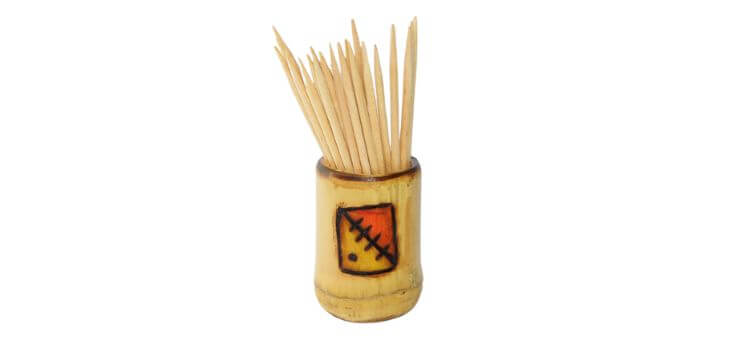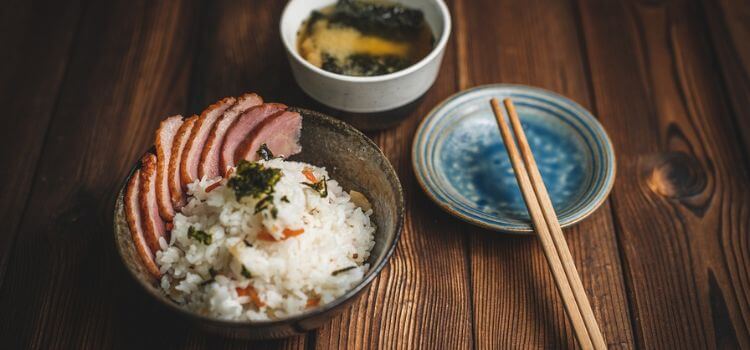
Wooden chopsticks are commonly used in many households and restaurants. They are lightweight, affordable, and practical. But a question arises: can you reuse wooden chopsticks? Let’s explore this topic in detail.
Types of Wooden Chopsticks
Wooden chopsticks come in two main types: disposable and reusable. Disposable wooden chopsticks, also known as waribashi, are designed for single use. They are usually made from soft, untreated woods like birch or poplar and are commonly found in restaurants and takeout orders. Their low cost and lightweight nature make them practical for temporary use, but they are not durable enough for repeated use.
Reusable wooden chopsticks, on the other hand, are crafted with durability in mind. Typically made from high-quality woods like sandalwood or rosewood, they often feature a polished or lacquered finish. This protective coating makes them resistant to moisture and wear, ensuring they can be used safely over time.
Cleaning and Maintenance of Reusable Wooden Chopsticks
Reusable wooden chopsticks are safe for multiple uses when properly maintained. Begin by rinsing them with warm water to remove food particles. Wash them with mild dish soap and a soft sponge to avoid scratching their protective coating. Harsh scrubbing or abrasive cleaning tools can damage the lacquer, exposing the raw wood to moisture and bacteria.
After washing, dry the chopsticks immediately with a clean towel. Let them air dry completely before storing to prevent mold or bacterial growth. Avoid soaking them in water for extended periods, as this can cause the wood to swell or crack. With proper care, reusable chopsticks can last for years.
Can Disposable Chopsticks Be Safely Reused?
Technically, disposable chopsticks can be reused if they are clean and undamaged. However, this is not recommended for food. These chopsticks are made from porous, untreated wood that absorbs moisture and food particles, creating a perfect environment for bacteria to grow. Even after washing, it is nearly impossible to sanitize them thoroughly.
Instead of reusing disposable chopsticks for dining, consider repurposing them for non-food applications. They can be useful for arts and crafts, household tasks, or gardening projects. Repurposing them creatively helps extend their usefulness while reducing waste.
Environmental Concerns with Disposable Chopsticks
The widespread use of disposable wooden chopsticks has a significant environmental impact. Billions of chopsticks are discarded annually, contributing to deforestation and landfill waste. Softwoods like birch and poplar are commonly used, and their mass production consumes large quantities of natural resources.
Switching to reusable chopsticks is an effective way to reduce waste and promote sustainability. Reusable chopsticks made from bamboo or other eco-friendly materials provide a practical solution that conserves resources and minimizes environmental harm.
Repurposing Disposable Chopsticks
Disposable wooden chopsticks have many creative uses beyond dining. For gardening, they make excellent plant stakes for small pots or seedlings. In arts and crafts, they can be used as painting tools or structural components for DIY projects. Around the house, they can serve as stirring sticks for paint or glue, or as tools for cleaning hard-to-reach areas.
By finding alternative uses for disposable chopsticks, you can reduce waste and make the most of these lightweight, versatile utensils. While they may not be ideal for reuse with food, their potential for other applications is impressive.
Identifying Reusable Wooden Chopsticks
Reusable chopsticks are easy to distinguish from disposable ones. They have a polished, smooth surface that feels comfortable to hold. This coating not only enhances their appearance but also protects them from absorbing moisture and bacteria.
In contrast, disposable chopsticks have a rough, unfinished texture and may splinter easily. Their lightweight and fragile design make them unsuitable for long-term use. If you’re unsure, inspect the finish and durability of the chopsticks. Reusable chopsticks are more robust and designed to withstand frequent cleaning.
How Long Can Reusable Chopsticks Last?
The lifespan of reusable chopsticks depends on their material and maintenance. With proper care, high-quality reusable wooden chopsticks can last for several years. Regular cleaning and drying are essential to keep them in good condition.
Inspect your chopsticks regularly for signs of wear, such as cracks, chips, or peeling lacquer. Damaged chopsticks should be replaced immediately, as they can harbor bacteria or splinters. By investing in durable, well-made chopsticks and maintaining them carefully, you can enjoy safe and hygienic dining for years to come.
Benefits of Switching to Reusable Chopsticks
Reusable chopsticks are an eco-friendly and cost-effective alternative to disposable options. They reduce waste and conserve resources, making them a sustainable choice for everyday use. Their polished surface and sturdy construction also enhance the dining experience, providing better grip and comfort.
Reusable chopsticks come in a variety of materials and designs, from traditional wooden ones to modern options like stainless steel or ceramic. This variety allows you to choose utensils that suit your preferences while supporting sustainability.
Alternatives to Wooden Chopsticks
If you prefer not to use wooden chopsticks, there are many alternatives to consider. Stainless steel chopsticks are durable, non-porous, and dishwasher-safe. Ceramic chopsticks offer a unique aesthetic and are resistant to bacteria. Silicone chopsticks are lightweight and heat-resistant, making them ideal for beginners.
Bamboo chopsticks are another excellent option. Bamboo is a fast-growing, renewable resource, making it a highly sustainable choice. Each alternative has its own benefits, so you can select one that aligns with your values and lifestyle.
Cultural and Environmental Significance
In many Asian cultures, chopsticks hold deep symbolic and practical value. Families often prioritize reusable chopsticks as part of their dining tradition, reflecting a balance between functionality and sustainability. In Japan, for example, high-quality chopsticks, or hashi, are sometimes given as gifts, symbolizing good fortune and respect.
This cultural emphasis on reusable chopsticks aligns with modern efforts to reduce waste and promote environmental responsibility. Adopting similar practices in your own life can contribute to a healthier planet while honoring the rich cultural heritage associated with chopsticks.
Conclusion
Reusing wooden chopsticks depends on their type and condition. Disposable chopsticks are not ideal for reuse in dining due to hygiene concerns, but they can be repurposed creatively for non-food tasks. Reusable wooden chopsticks, when properly cared for, are a safe, sustainable, and practical choice.
By making thoughtful decisions about the chopsticks you use, you can reduce waste, support eco-friendly practices, and enhance your dining experience. Whether you choose reusable wooden chopsticks or explore alternatives, you contribute to a more sustainable and mindful way of living.







